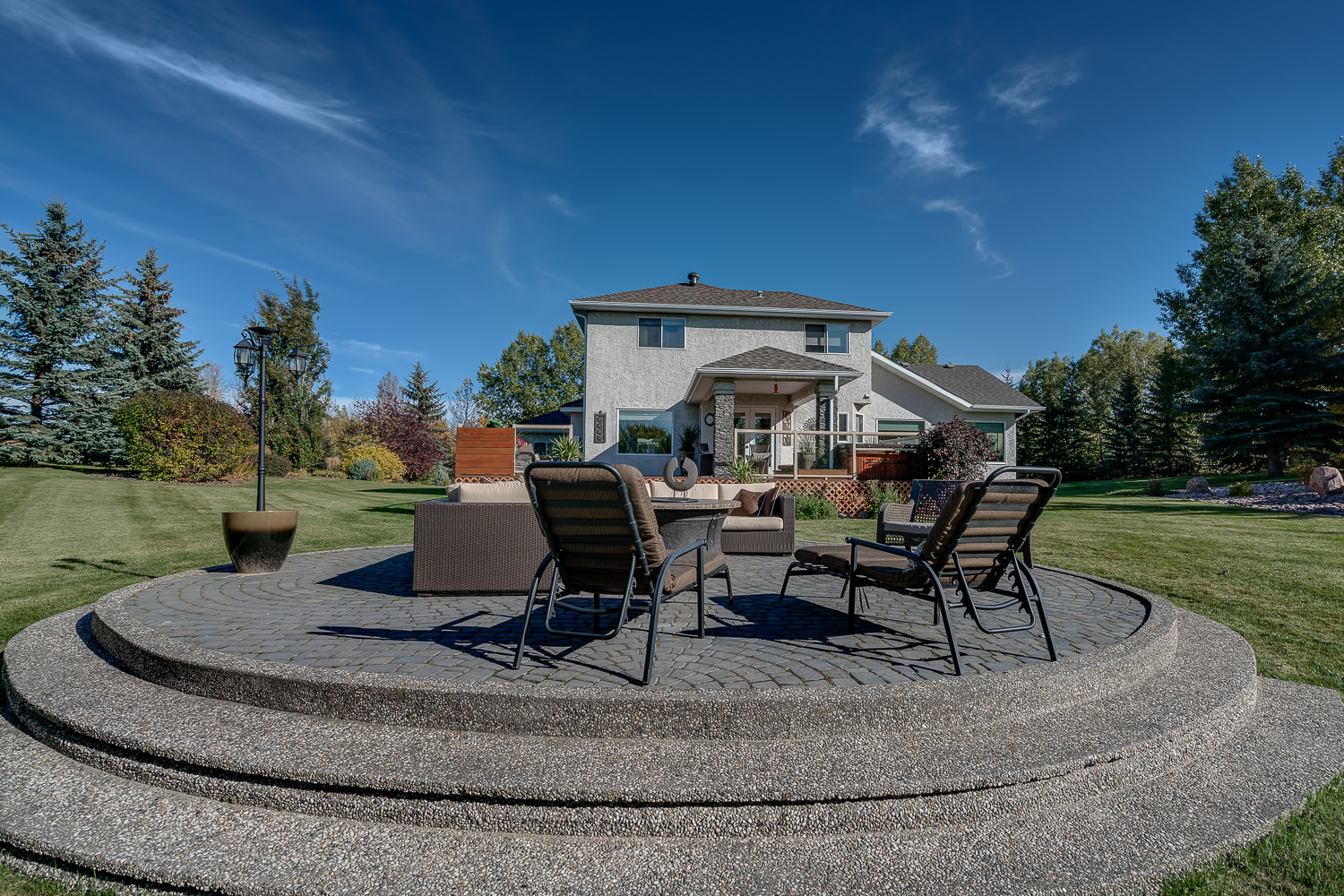By Jason Brown
Living in a mature neighbourhood close to the core of a city can be a rewarding experience for many people. These neighbourhoods often have a rich history, a sense of community, and are typically well-established with mature trees and well-maintained homes. On the other hand, living in a green space outside of the city can also have its own set of benefits.
One of the main advantages of living in a mature neighbourhood is the convenience factor. These neighbourhoods are usually located closer to the city’s core, which means that you’ll have easy access to amenities and services that the city has to offer. This can include grocery stores, schools, libraries, hospitals, and public transportation. Additionally, mature neighbourhoods are often located near popular restaurants, shops, and cultural attractions, making it easy to enjoy all that the area offers.
Another benefit of living in a mature neighbourhood is the sense of community that often exists there. These neighbourhoods are typically home to long-time residents who are invested in the community and take pride in their homes and the overall appearance of the neighbourhood. This can create a strong sense of belonging and can make it easier to meet new people and form meaningful relationships.
In contrast, living in a green space outside of the city can offer a sense of peace and tranquility that is not always found in more urban areas. These areas are often surrounded by natural beauty, such as forests, parks, and nature reserves, which can provide a welcome respite from the hustle and bustle of city life. Additionally, living outside of the city core can often mean having more space, inside and outside of your home. This can be especially appealing to those who enjoy gardening or who have families with children.
However, there are also some potential drawbacks to living outside of the city. One of the main considerations is the distance from amenities and services. While living in a more rural area can provide peace and quiet, it can also mean that you are further away from necessities like grocery stores, schools, and hospitals. This can make it more difficult to access these services and can be especially challenging if you don’t have a car.
Another potential drawback to living in a green space is the lack of a sense of community that can often be found in more urban areas. These areas may not have the same level of social interaction and may not have as many opportunities to meet and connect with neighbors. This can make it more difficult to form relationships and can lead to a sense of isolation.
Ultimately, the decision of whether to live in a mature neighbourhood close to the city’s core or a green space outside of the city is a personal one and will depend on your individual needs and preferences. Some people may prefer the convenience and sense of community that a mature neighbourhood offers, while others may be drawn to the peace and tranquility of living in a green space. It’s important to consider all the pros and cons of both options before making a decision.
